Due to the increasing use of robots in every field, the demand for robot programmers is also rising. Robot programming software company RoboDK, has launched a free online platform called RoboDK Academy, to help learners from any capacity, such as engineers, professionals, students and educators master industrial robot programming skills. The users can sign up and complete the courses in their own pace. The platform includes hands-on interactive projects based on real world tasks and scenarios, step by step tutorials exercises, videos, simulation and offline programming, from beginner to advanced levels. The program’s focus is the use of RoboDK software, which has various tiers for users, starting with a free trial version, which is followed throughout the course. Access to expensive hardware, physical robots and resources is not needed to complete the course as everything is handled at the software level. Upon course completion, a certificate is issued.
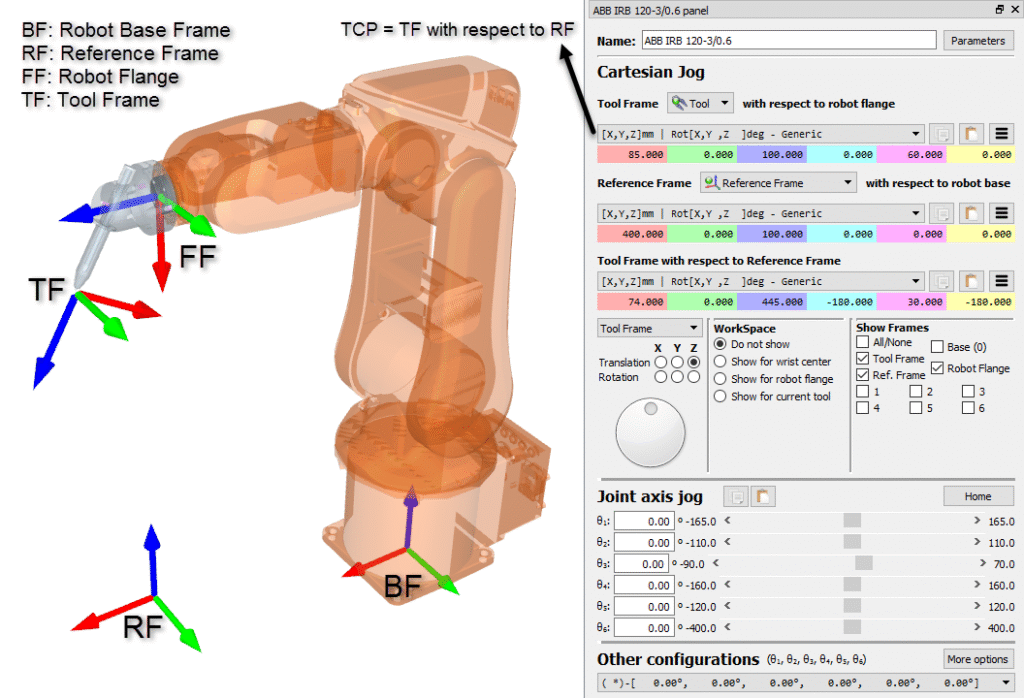
Image Credit RoboDK

Image Credit RoboDK
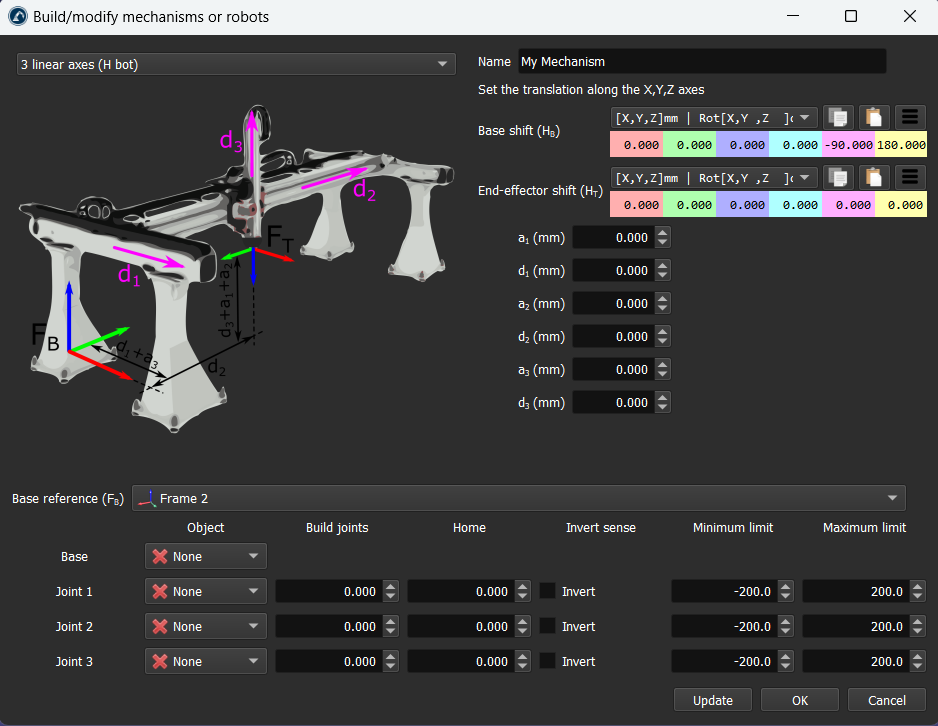
Image Credit RoboDK
To give an idea, the pick and place course in the program covers things such as:
● Setting up a basic pick and place station.
● Using object attachment and detachment features.
● Creating and looping pick and place programs.
● Avoiding common simulation mistakes.
● Building subprograms for complex object organization tasks.
The course concludes with a bonus challenge that helps consolidate skills in planning and programming a fully simulated robotic cell.
The company plans to expand the platform’s course catalog, covering more advanced topics in industrial automation, simulation, and robot integration. They also have plans to extend language support and partner with institutions worldwide to expand the reach of the platform.
Below see our questions to Albert Nubiola, the CEO of RoboDK, and his answers:
Robotic Magazine: Is your software ROS or other standard based?
Albert: RoboDK is an alternative to ROS. RoboDK was built from the ground up and we develop proprietary robot simulation and programming software solutions.
Robotic Magazine: What programming languages or frameworks does your software use? (Python, C++, proprietary blocks)?
Albert: RoboDK provides APIs in different languages. This includes Python, C++. C, Matlab, Javascript, .Net (C#, Visual Basic, …). RoboDK was created mostly using C++ and Python: C++ for the 3D graphics and kinematics and Python for program generations, plugins and integrations with some robots.
Robotic Magazine: Does learning your software help users pick up general robotics/programming skills that transfer to other platforms and robotics software? In other words how much of what we learn is usable elsewhere?
Albert: Definitely: Using RoboDK allows you to develop and simulate robot applications that you can later use to generate programs that will run on the robot controller the customer chooses to use. You can find a suitable robot for your application in RoboDK, making sure the dexterity of the robot of your choice allows you to perform all the manufacturing applications you are planning. Then, you can create your digital Twin to adjust your simulations and finally you can generate the controller-specific programs to run your manufacturing application on the real robot.

Image Credit RoboDK
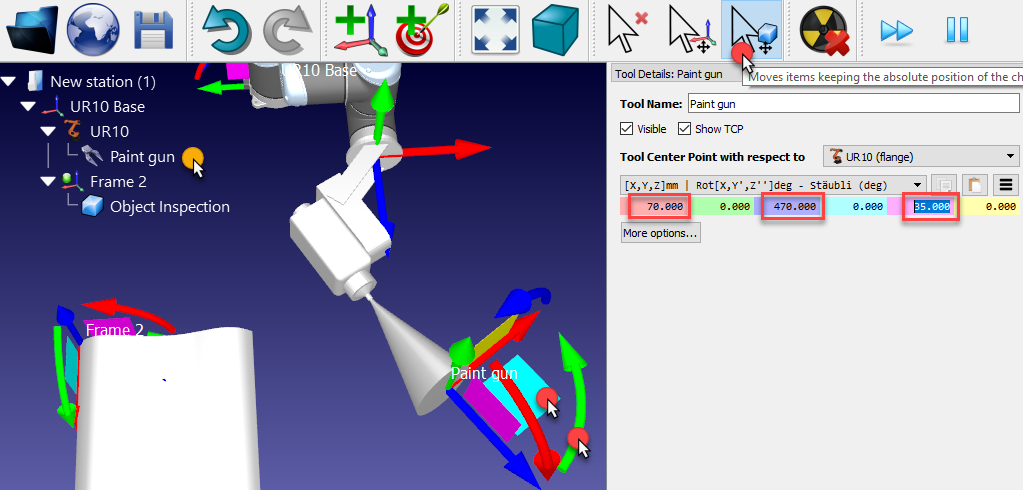
Image Credit RoboDK
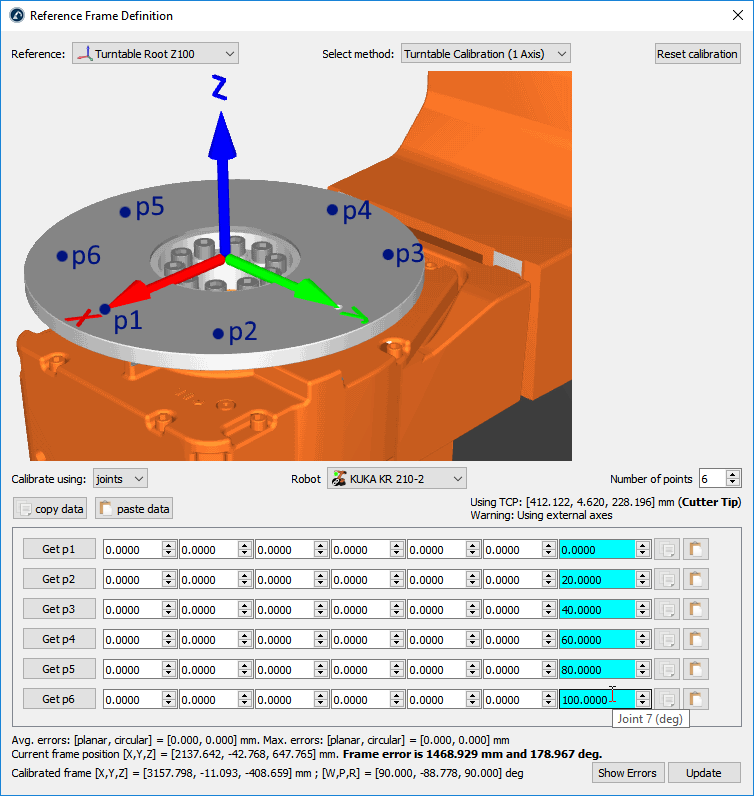
Image Credit RoboDK
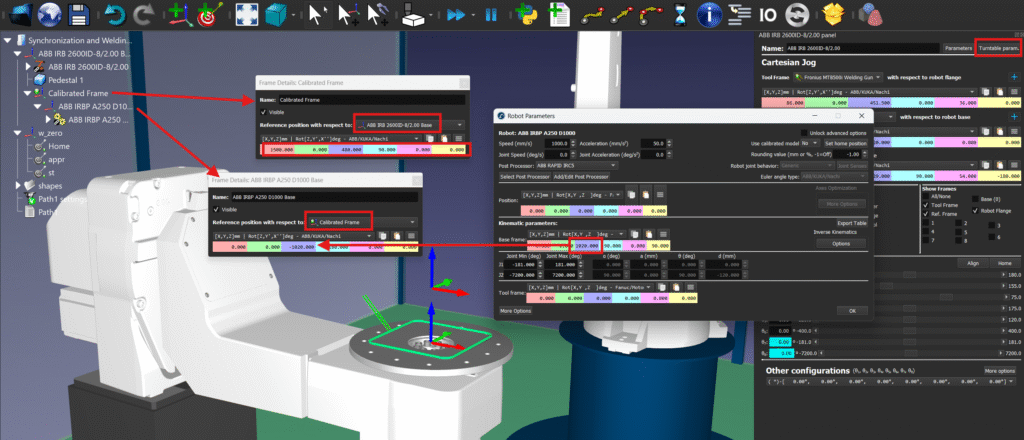
Image Credit RoboDK
Robotic Magazine: Can programs created in your software be exported to other systems?
Albert: Yes, the simulations/programs can be exported to any robot controller that we support. We currently support over 90 different robot manufacturers.
Robotic Magazine: Does it integrate with widely used robotics tools (ROS, Gazebo, MATLAB, etc.)?
Albert: We can integrate well with Matlab and also Simulink. ROS has C++ and Python APIs and we’ve seen someone create an integration for ROS at some point.
Robotic Magazine: If someone learns your software, will they also gain experience with concepts like kinematics, path planning, sensors, AI, or automation?
Albert: Yes, definitely. When you start creating your simulations you may start seeing some limitations that apply to your robot. For example, for a 6-axis robot you may find reachability issues depending on the tool and the type of manufacturing operations you want to perform, singularity issues under some circumstances or joint limit issues that you can overcome. Also with the API you can integrate with any sensor. An interesting field is 2D and depth cameras. You can use machine learning algorithms to train a model based on simulated snapshots of your camera. For example, to say if a part needs to be accepted or rejected you can simulate the good/bad environments and automatically train the model without needing a real person to take care of the classification of the data.
Robotic Magazine: How much of what we learn using your software / going through the course may also apply to educational/hobby robotics?
Albert: Every robot application is unique. Hobbyists can explore the possibilities in robotics and manufacturing by integrating custom sensors. If you want to test with real robots or sensors there are many hardware options anyone can purchase at an affordable price, including presence sensors, depth cameras, educational robot kits…
Robotic Magazine: Is the software beginner friendly?
Albert: Yes, it is! A good way to get started is with Academy or just our getting started guide:
https://robodk.com/doc/en/Getting-Started.html
We just published a new press release that shows how 6-year old children are learning about how to use RoboDK.
—–
More information can be found at: robodk.com/academy
This post is based on press materials provided by RoboDK (www.robodk.com). All images in this post are credited to RodoDK.
The original press release can be found at:
For all questions about the program and the software, please contact Albert Nubiola (anubiola@robodk.com) or Silvia Callis (silvia@robodk.com).
———————————
Terms of Use: Copying or republishing our content without written permission is prohibited. We maintain dated records. Content may be inaccurate or incomplete, and use is at your own risk. Trademarks shown belong to their owners and are used for informational purposes only, without any endorsement implied. See our Terms.

You must be logged in to post a comment Login